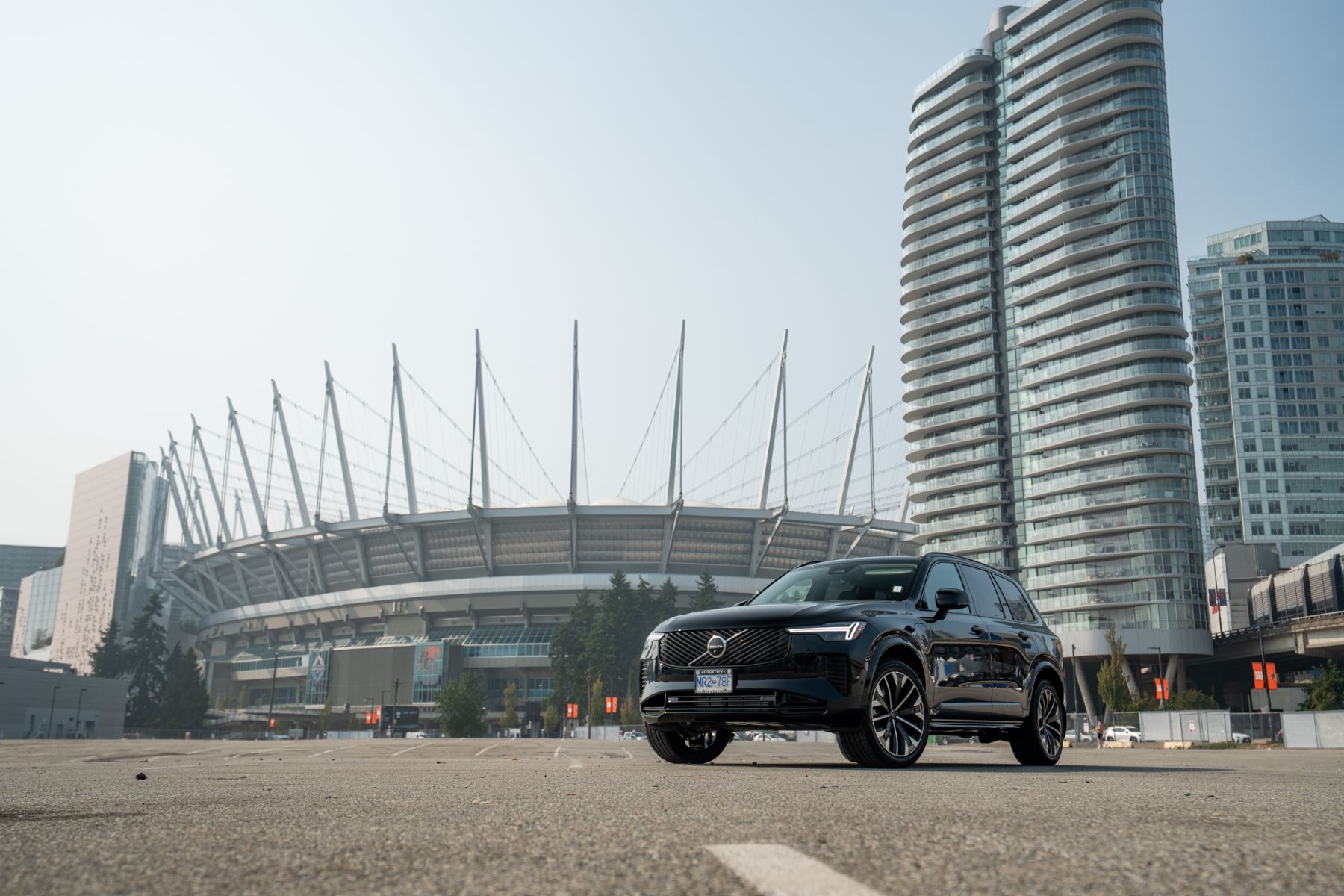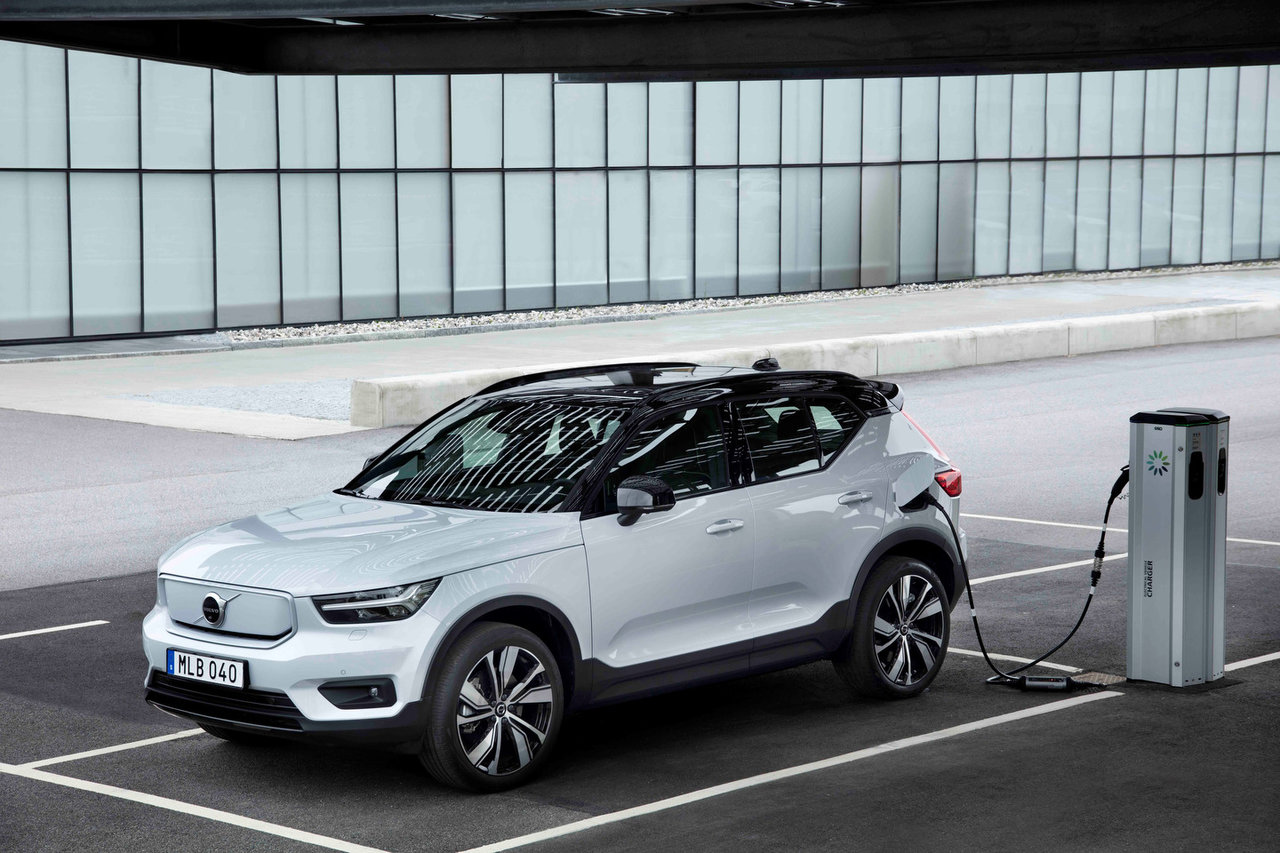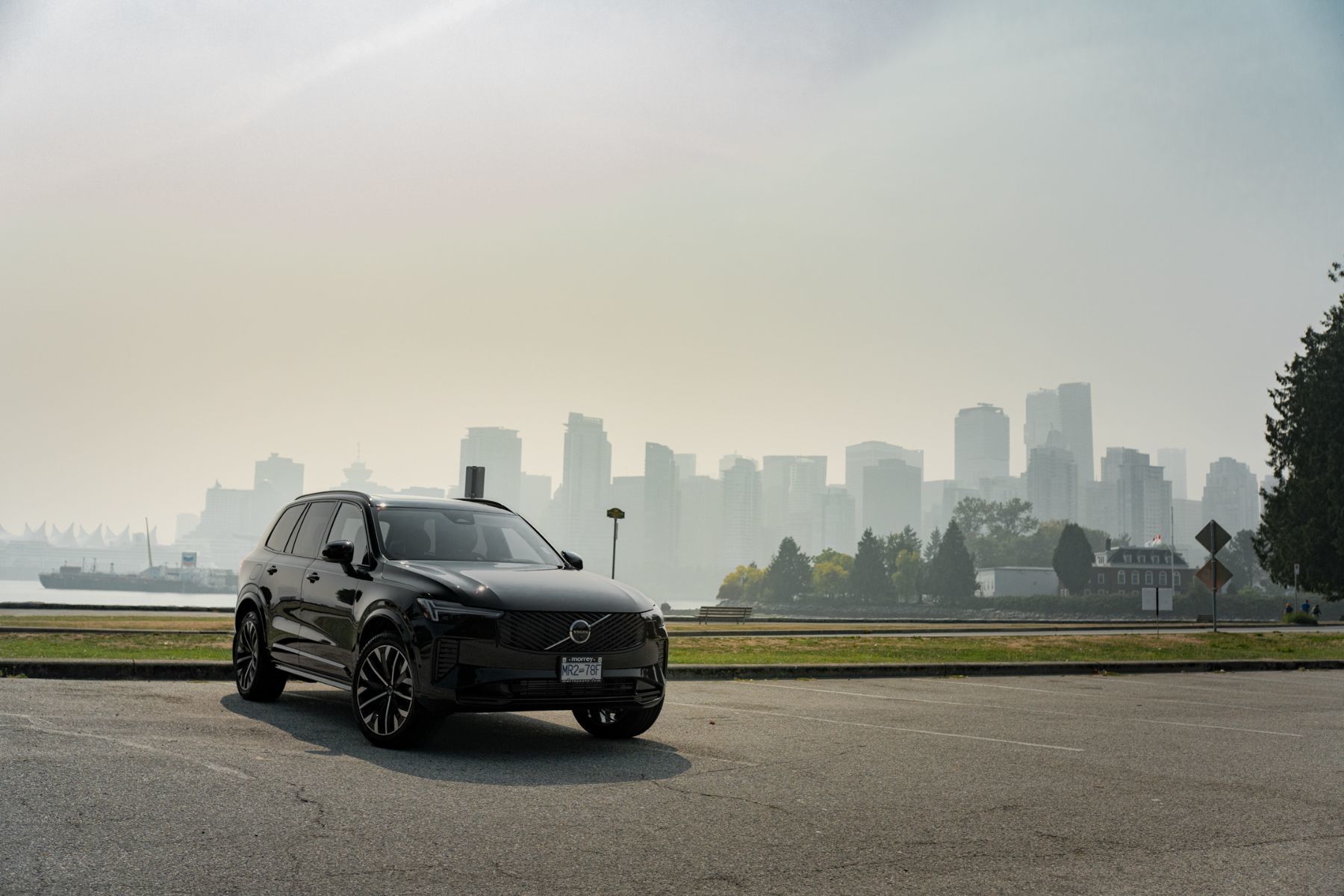
What Are Your Winter Tire Options on the Volvo XC90?
If you drive an XC90 in Metro Vancouver, winter can mean cold rain in the city and snow on the way to Squamish, Whistler, or the Coquihalla. Below...
Read moreMorrey Volvo Cars Burnaby

Whether you're an ardent devotee to electric vehicles (EVs) or just beginning your eco-conscious journey, navigating the world of EVs can often seem like decoding a cryptic language. The terms 'kW' and 'kWh,' frequently thrown around in EV discussions, might appear perplexing at first glance. Today, we break down these terminologies, simplifying the fascinating world of EVs for enthusiasts and potential customers of Volvo Cars.
So, buckle up, and let's demystify these terms for you, clarifying their application in EV charging and driving.
Understanding kW and kWh: A Brief Overview
The term 'kW' stands for kilowatt, a unit of power, while 'kWh' stands for kilowatt-hour, a unit of energy. These two, while seemingly alike, serve different purposes in the realm of EVs.
A kilowatt (kW) is akin to speed, gauging how swiftly power is being transferred or used. When discussing EVs, this is most often associated with the charging power of a charger – how fast it can replenish your EV's battery. The higher the kW, the quicker the charging process.
On the other hand, a kilowatt-hour (kWh) can be compared to distance, measuring the total energy consumed or stored. For EVs, this primarily refers to the capacity of the battery – how much power it can store. A larger kWh number equates to a bigger battery capacity, leading to a longer driving range.
Charging Your EV: The kW Story
When it comes to charging your EV, the key player is kW. Think of it as the horsepower of your charger. Just as a higher horsepower allows a gas car to drive faster, a higher kW charger will charge your EV more rapidly.
Most home charging units, like the Volvo Wallbox, offer charging power up to 11 kW, more than enough for overnight charging. However, public fast-charging stations can go up to 150 kW or even beyond, allowing you to substantially charge your Volvo EV during a quick coffee break.
It's important to note that both your vehicle and the charger have maximum charging rates (measured in kW), and the slower of the two will dictate the actual charging speed. For example, if your Volvo XC40 Recharge has a maximum charging rate of 150 kW, but the charging station only delivers up to 50 kW, your actual charging rate will be limited to 50 kW.
Driving Your EV: The kWh Tale
Now, let's switch gears to kWh, a term intrinsically linked to your EV's battery and driving range. The Volvo XC40 Recharge, for instance, has a 78-kWh battery. This means that the battery can theoretically deliver 78 kilowatts of power continuously for one hour.
However, the driving range is not just about the kWh number. It also heavily depends on the efficiency of the vehicle – how well the car uses each kWh of energy. If your Volvo EV uses less energy to travel a given distance, you'll be able to drive further on the same amount of energy (or kWh). That's why the driving range of different EV models with the same kWh battery can vary significantly.
In addition, real-world factors like driving habits, weather conditions (especially pertinent in Canada's diverse climates), and use of in-car features like air conditioning or heated seats can influence how many kilometres you can get out of each kWh.
Conclusion: The kW and kWh Harmony
Understanding kW and kWh is key to maximizing your EV experience, from charging efficiency to driving range. While the kW tells you how swiftly your Volvo EV can recharge, the kWh gives you an estimate of how far it can take you.
As we progress towards a more sustainable future, Volvo's commitment to electrification resonates deeply within the Canadian landscape. And with this newfound understanding of kW and kWh, you are now better equipped to be part of this exciting journey towards zero emissions.

What Are Your Winter Tire Options on the Volvo XC90?
If you drive an XC90 in Metro Vancouver, winter can mean cold rain in the city and snow on the way to Squamish, Whistler, or the Coquihalla. Below...
Read more
Why You Should Consider the 2026 Volvo XC90 T8 Plug-in Hybrid Plus Dark
You want an SUV that makes the weekday commute quiet and efficient, then takes your family up the Sea-to-Sky without a second thought. The 2026...
Read more
2026 Volvo XC90 B6 AWD Ultra Bright 6-Seater: FAQ
Power, Fuel, and Towing in BC What engine and power does the B6 have? A refined 2.0-litre mild-hybrid four-cylinder with about 295 hp and 310 lb-ft...
Read more